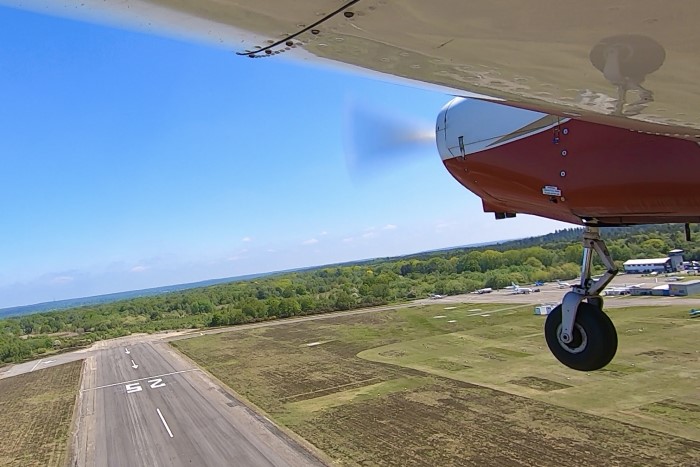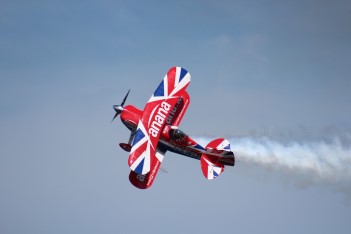"Copy, taxi via Juliet, Echo, Alpha". We remember when we were young, pretending to be a pilot, cupping our hands to our mouth as we threw out random words and phrases in the vain attempt of sounding like a true hero of the sky.
However, when you find yourself up in the air on one of our packages, you will no doubt want to sound like a pro and not embarrass yourself when talking over the mic.
Fear not, what was once a mystical language needs no longer be that way, as we give you a short guide into the world of aviation language so that when you take to the sky, you know enough of the basics to know what is going on around you.
What's more, if you take hold of the yoke, flick the sunglasses on and don the headphones yourself, you may even gain enough knowledge to respond with confidence.
We will start with the basics, and that is the phonetic alphabet. Adopted in 1956, the phonetic alphabet was introduced by the International Civil Aviation Organisation to help standardise the global language pilots used.
If you look at the English alphabet as it is, there are many consonants and vowels which sound similar, even more so when pronounced over a crackling radio. By using these codes, pilots and controllers can be sure they haven't misheard each other when communicating valuable information.
A – Alpha
B – Bravo
C – Charlie
D – Delta
E – Echo
F – Foxtrot
G – Golf
H – Hotel
I – India
J – Juliette
K – Kilo
L – Lima
M – Mike
N – November
O – Oscar
P – Papa
Q – Quebec
R – Romeo
S – Sierra
T – Tango
U – Uniform
V – Victor
W – Whiskey
X – X-Ray
Y – Yankee
Z – Zulu
Once the phonetic alphabet is under your belt, there are a few terms which we also think will help set you apart from the newbies and make you sound like a maverick:
Call sign – The letters and numbers which are used to identify an aircraft during conversations.
Crosswind – Wind which is blowing across the plan from the side. This is a particularly difficult wind to land in.
Expedite – A command that includes this word means that the pilot should immediately follow the instructions that have been given.
Flight Deck – Another word for the cockpit.
Service ceiling – The highest altitude which the plane can fly at without causing undue stress on the aircraft.
Wilco – A shortened version of 'will comply'.
Yaw – When a plane tips either wing along a central vertical axis. It is easier to understand if you imagine a pole going up through the middle of the plane which the plane body would rotate around. This motion will help determine which way your nose is pointing.
Pitch – This is the motion that occurs along the lateral axis which goes through the wings. Imagine another pole, just from wingtip to wingtip and helps determine the tilt of the nose, either up or down.
Roll – Final line, this time going through the nose of your plane and then out of the back. This is called the longitudinal axis and movement around that line is called a roll. It can help determine the bank of the wings.
Drag – The resistance (normally air) that is acting against the plane's forward motion.
Mayday – A famous one, but one we hope you never have to hear or use – it basically is the word used to signal an emergency.
Squawk – This is used to signal that a pilot needs to add a code into their transponder for identification and communication purposes.
Roger – A nice and easy word to show that what has been expressed has been understood by the recipient.
Phrases to help you out throughout your journey:
Finally in our handy little guide are a few phrases which may be used while taxiing, during take-off and landing, as well as when the plane's up in the air:
"Taxi to runway" - Instructs the pilot to manoeuvre the aircraft from the parking area to the runway.Understanding these key phrases will give you an insight into some of the language spoken during different phases of flight. As you embark on your aviation journey, familiarise yourself with these expressions to enhance your understanding of the fascinating world of aviation.
Remember, flying is an incredible adventure, and the language used in the air adds to the allure of the experience. So, buckle up, prepare for takeoff, and let the language of the skies become your guide as you soar through the clouds. Happy flying!
Visit our Flying Experiences page today on the FlyDays website to browse and book from available Flying Lessons packages with purchase of our Gift Vouchers.


